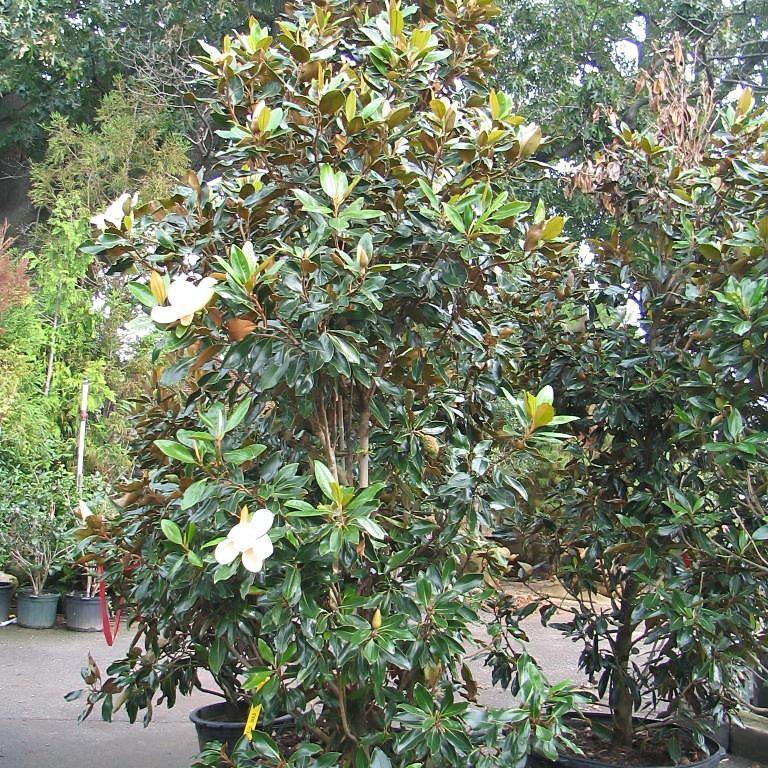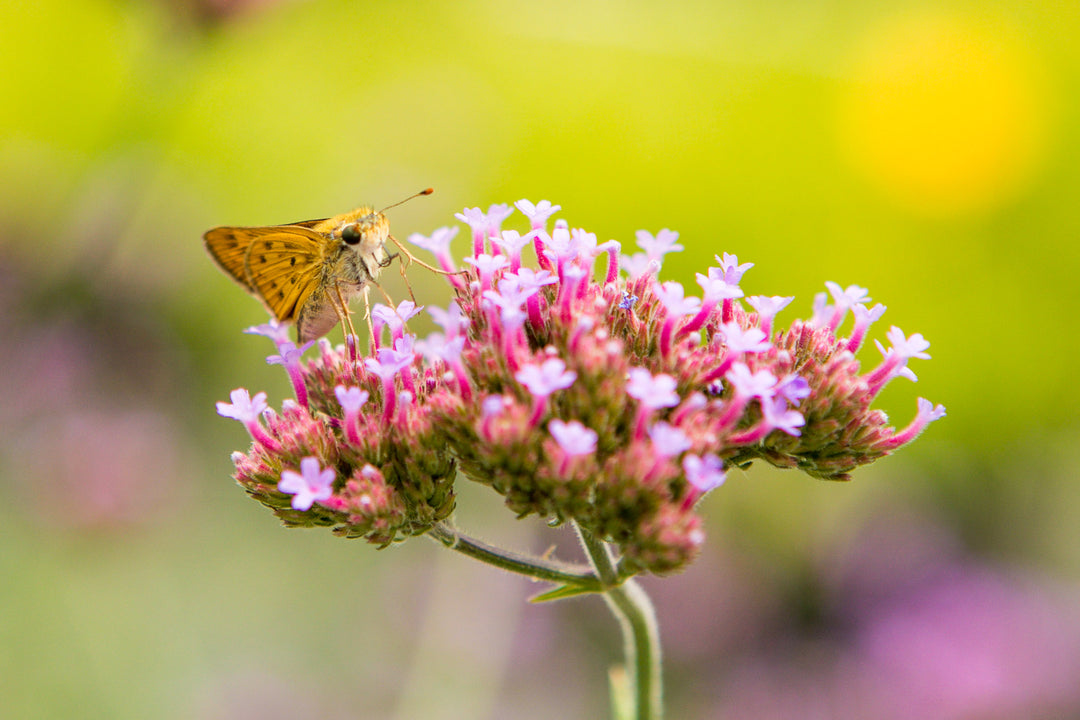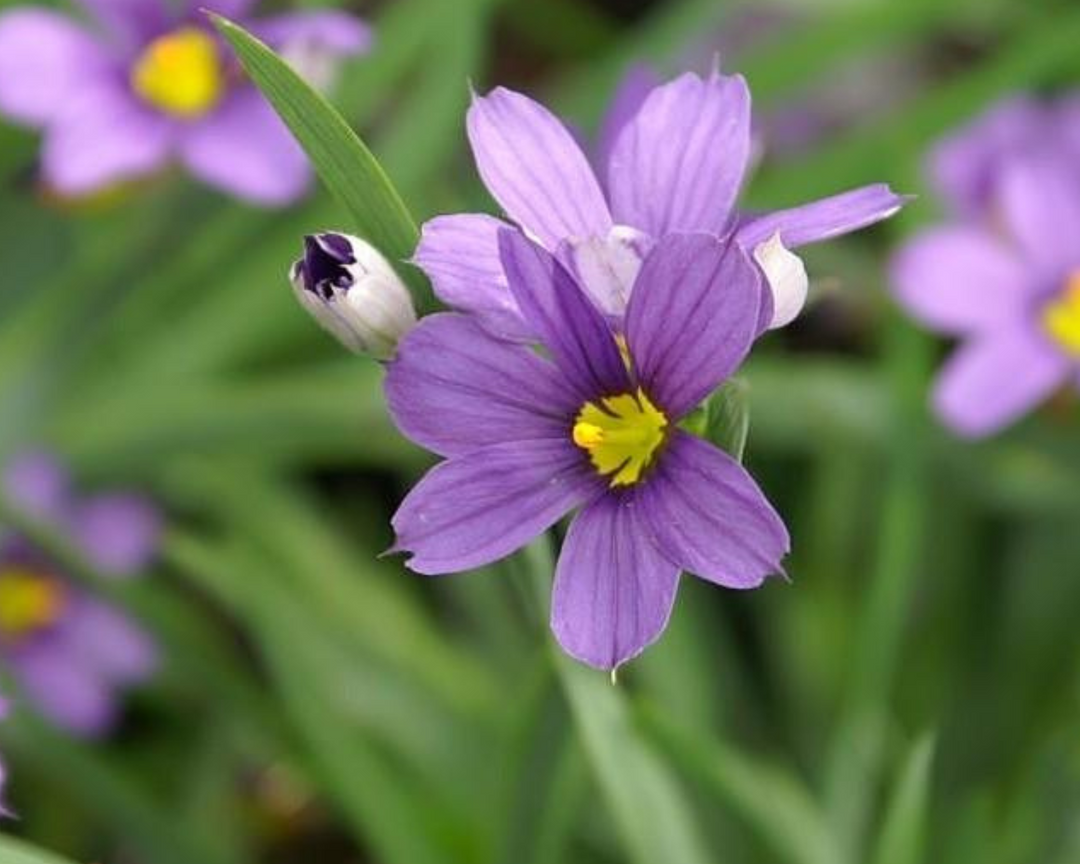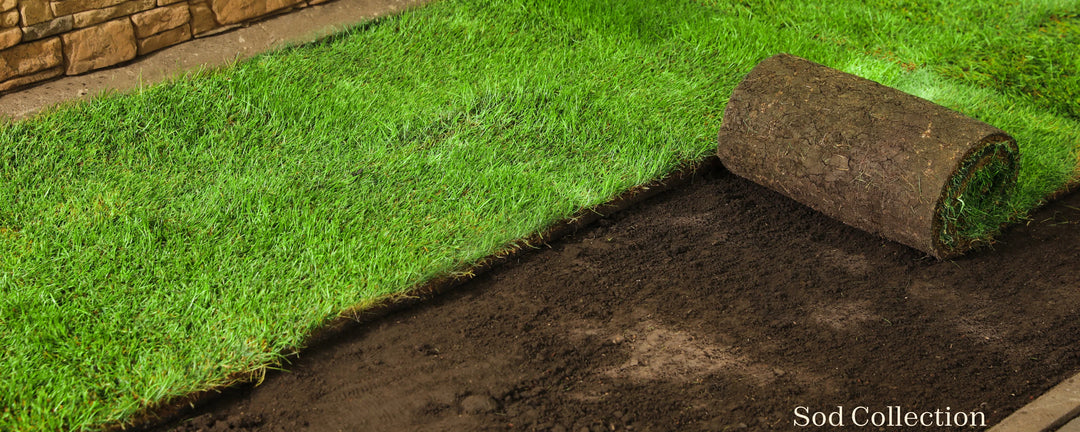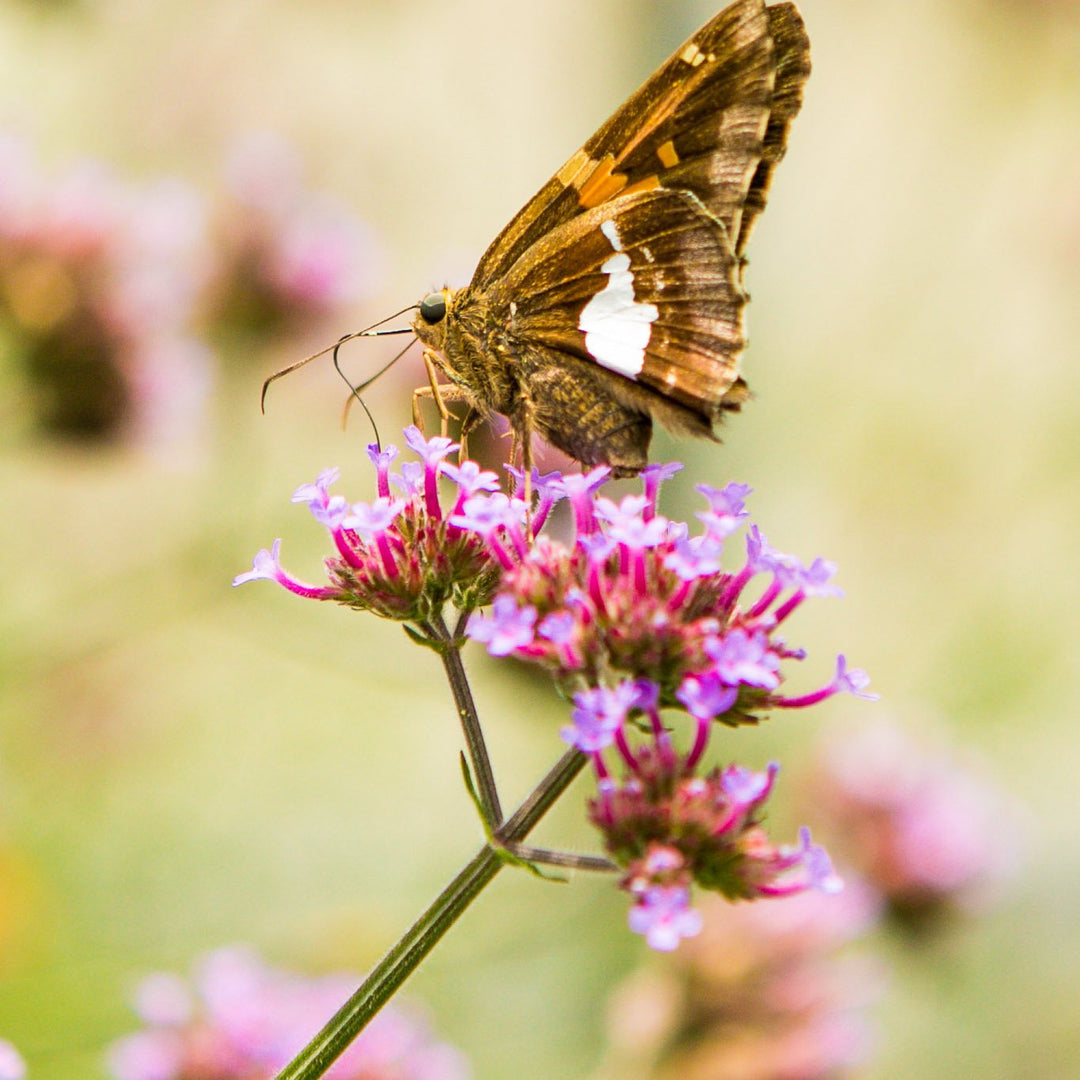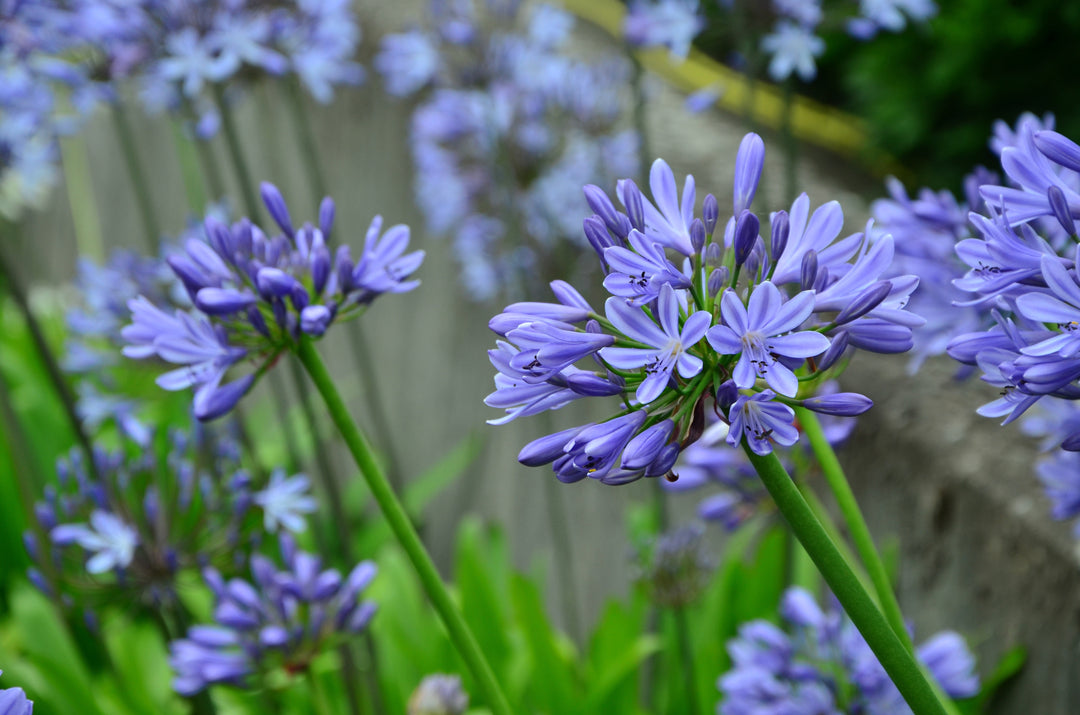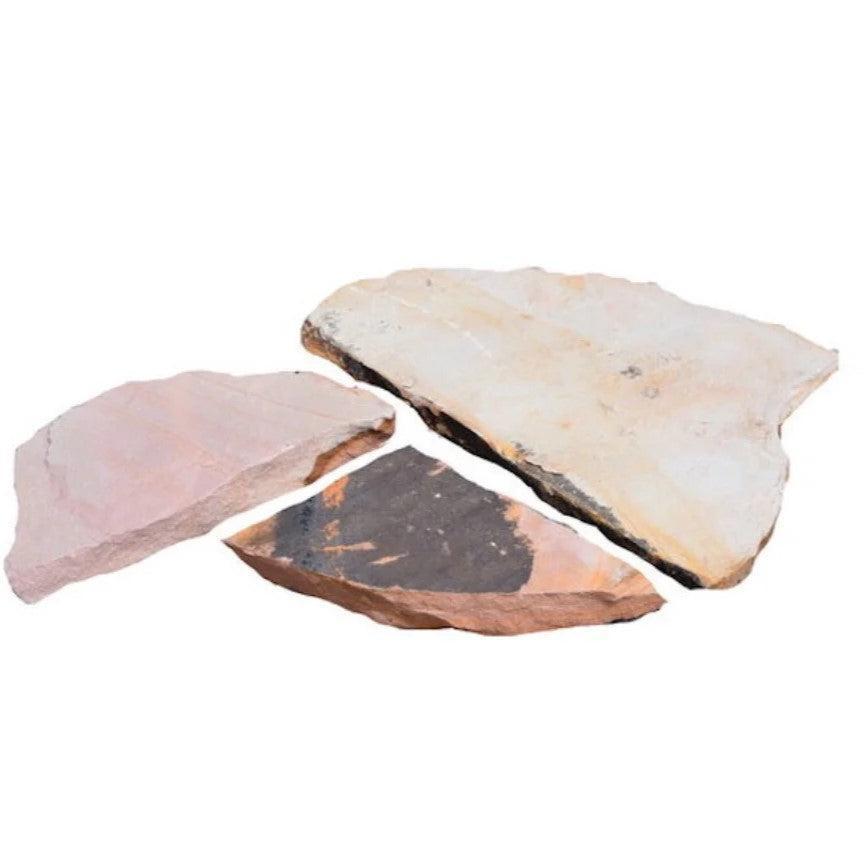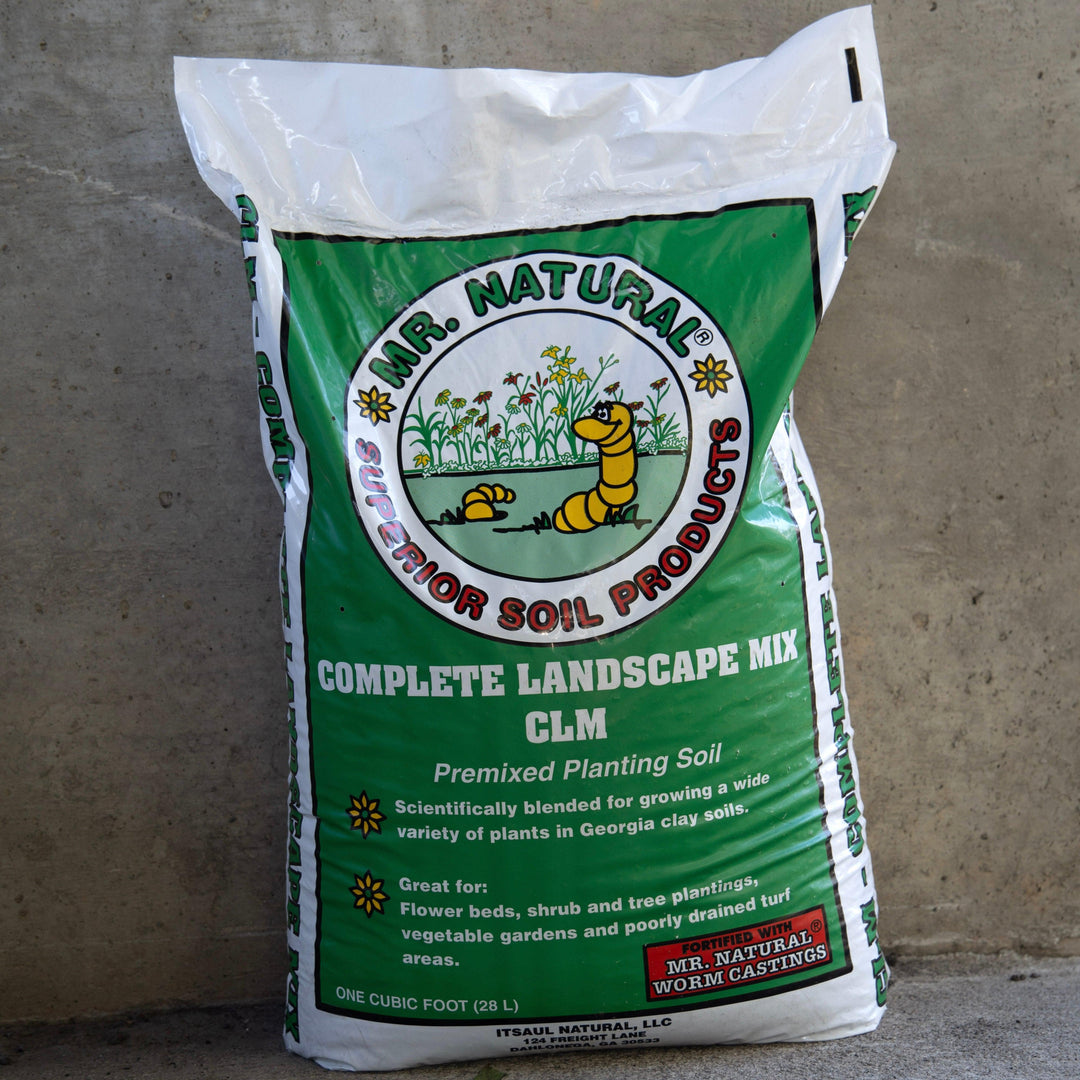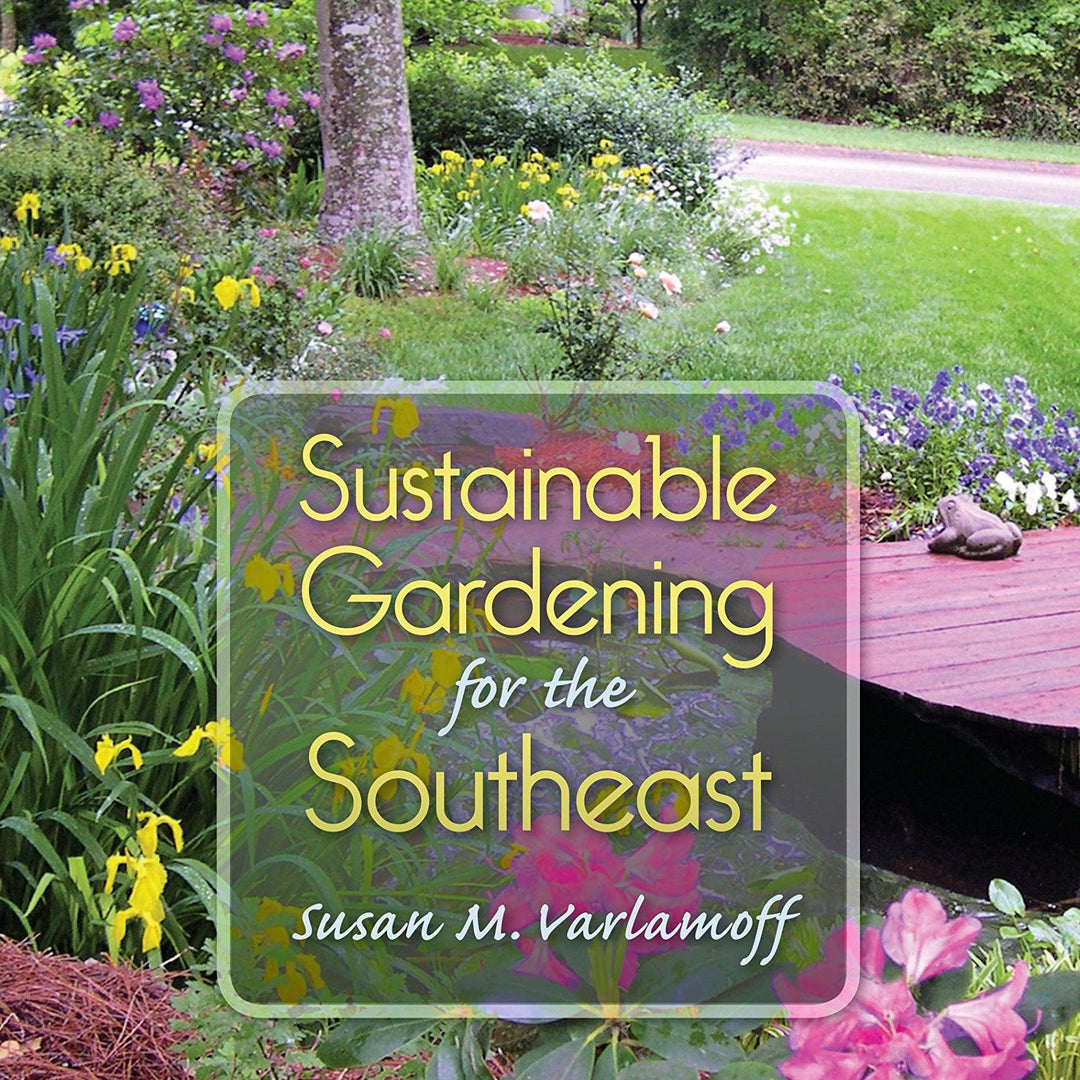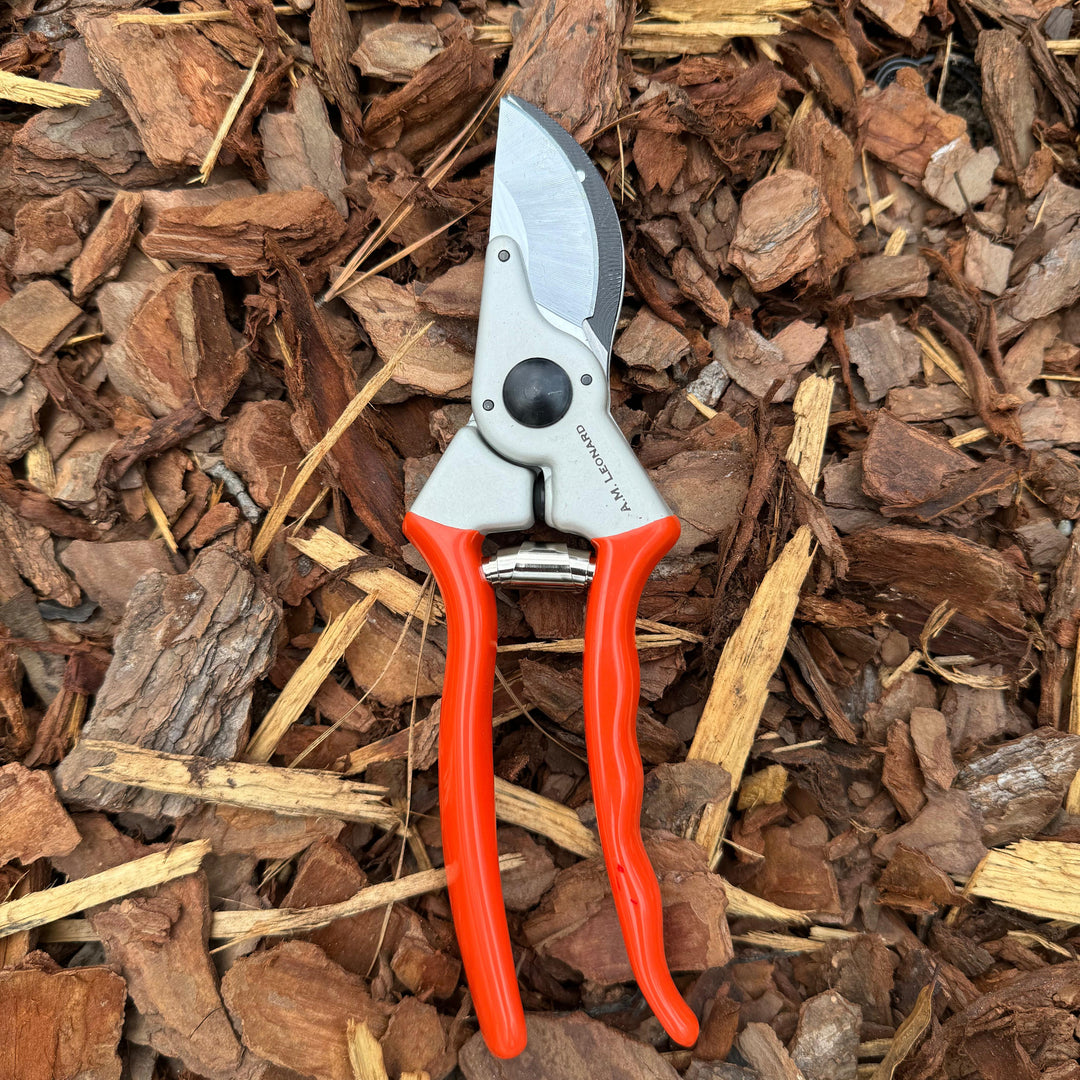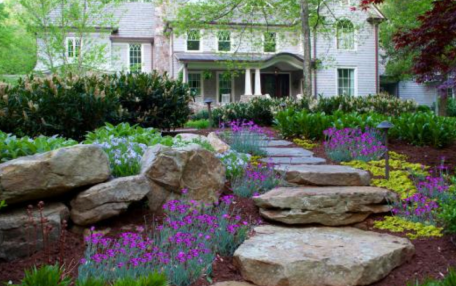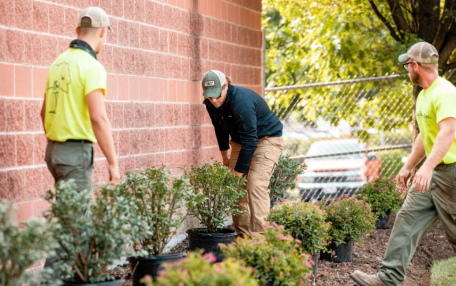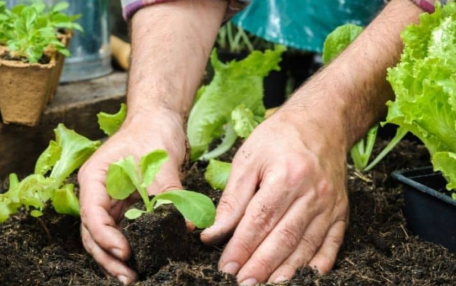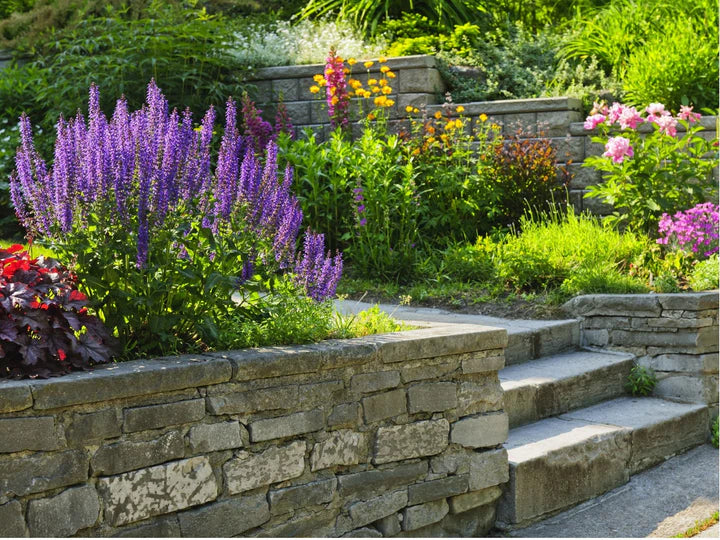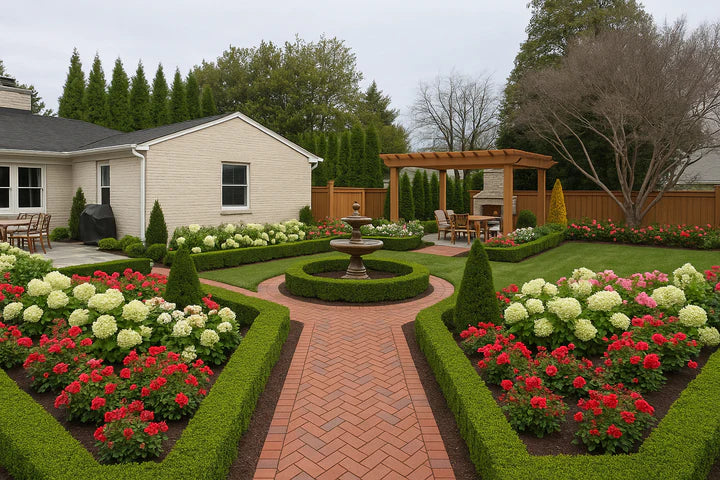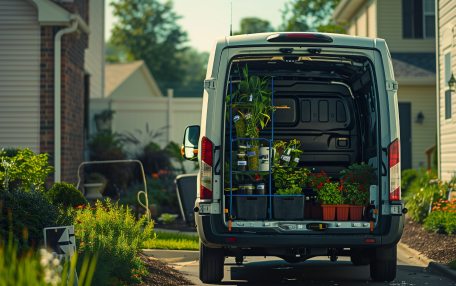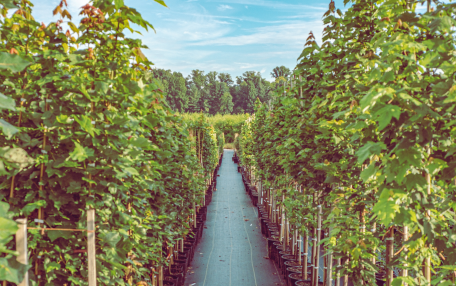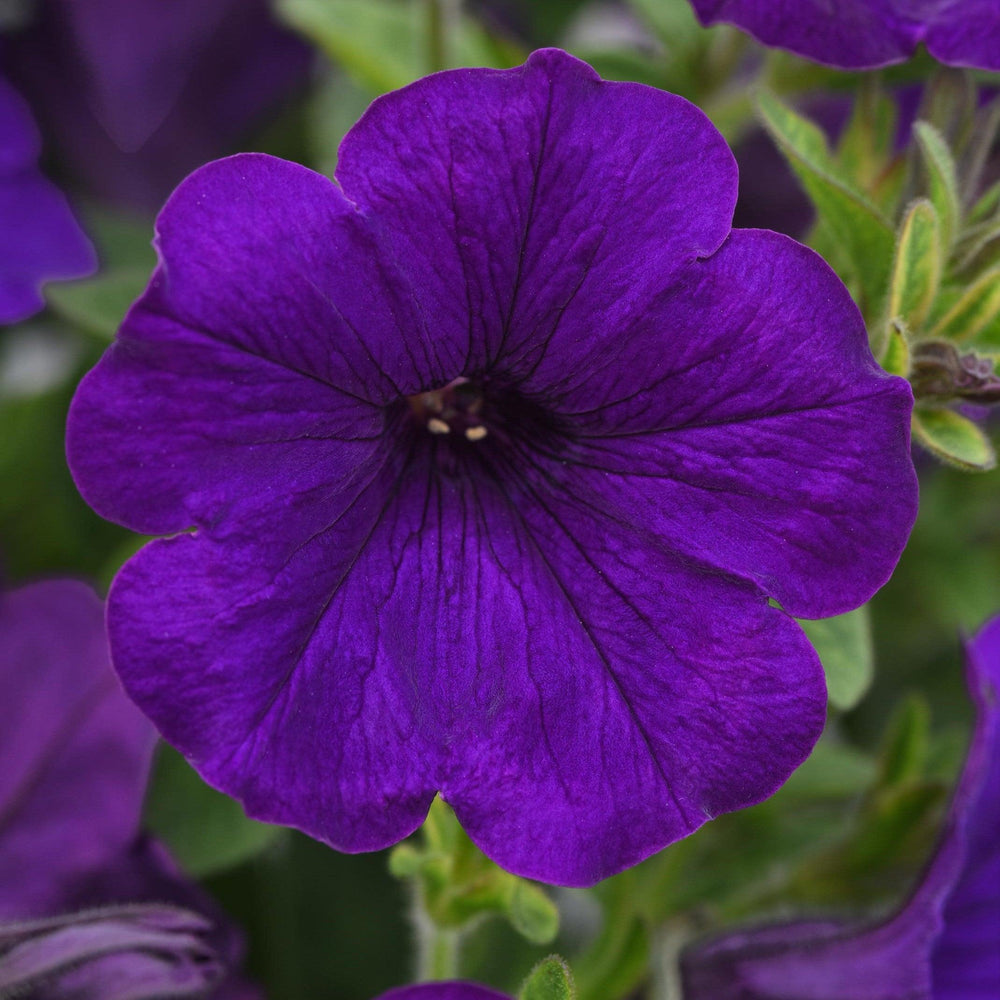Creating a Winter Wonderland: Tips for a Thriving Winter Garden
As the chill of winter approaches, it's easy to think that the gardening season has come to an end. However, with a bit of planning and the right plant selections, you can transform your garden into a winter wonderland that thrives in the colder months. In this blog, we will explore some tips to create a beautiful and lively winter garden:
1. Embrace Evergreens For Structure:
Evergreens are the backbone of the winter garden. They provide structure, color, and life when most other plants have gone dormant. Consider incorporating varieties like hollies, pines, and spruces to keep your garden looking lush.
2. Incorporate Berries and Bark
Plants with interesting bark or bright berries can add texture and color. Look for trees and shrubs like birch for its striking bark or winterberry for its vibrant red berries.
For a classic choice, consider the Winter Red Winterberry (Ilex verticillata 'Winter Red'). This plant offers not only evergreen foliage but also vibrant red berries that stand out against the winter landscape.

3. Focus on Textures:
Texture plays a crucial role in the winter garden, providing visual interest when color is less prominent. The exfoliating bark of river birch or the red twig dogwood can create a stunning visual effect against a snowy backdrop. Ornamental grasses, such as Pennisetum or Miscanthus, also provide a lovely texture with their plumes and foliage that can catch frost beautifully.
4. Add Winter-Blooming Plants:
A garden can still be a place of color and life in the heart of winter with the right plant choices. Hellebores, also known as Christmas Roses, are a perfect addition, with their elegant, nodding flowers in shades of white, pink, and purple. Pansies are another great choice, as they can often withstand the cold and continue to bloom. ServeScape offers a variety of winter-blooming plants that can be incorporated into your garden design.
5. Utilize Containers
Containers are a versatile way to add winter interest to patios, balconies, and entryways. Plants like the Green Leaf Rose Begonia can be potted and moved to protected areas to add a touch of greenery where it's needed most.
6. Attract Wildlife
Consider plants that provide food and shelter for wildlife. Bird feeders and water sources can also attract feathered friends, adding movement and life to your winter garden.

7. Protect Your Plants:
Protection is key for less hardy plants during the winter. Mulching with leaves or straw can protect plant roots from freezing temperatures. For plants that need a little extra care, such as Begonia 'Green Leaf Rose' or Begonia 'Green Leaf Pink', using frost blankets or burlap can provide the necessary insulation to survive a cold snap. Remember to remove these coverings during the day to allow for air circulation and to prevent overheating if the sun is strong.
By incorporating these elements into your winter garden planning, you can create a landscape that is not only resilient but also beautiful during the colder months. ServeScape is here to help you select the right plants and provide the advice you need to ensure your garden is a winter wonderland.

